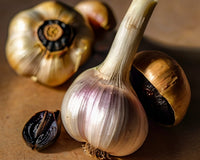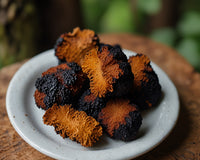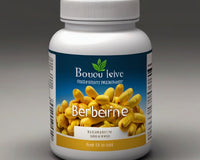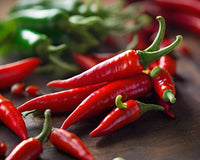In an age when many people are actively avoiding gluten, you may have noticed what seems to be an odd product in the baking aisle of your grocery store: active wheat protein. This powder is protein-rich, vegan-friendly, and ready to change up the way you bake.
How is active wheat protein made?
While it's not technically flour, activated wheat protein is a flour-like powder that contains nearly all gluten and minimal starch. It is made by hydrating wheat flour, which activates the gluten protein, and then processing it to remove everything except gluten. It is then dried and ground again into powder.
How do you use Vital Wheat Gluten?
Baking
Active wheat protein is often listed as "optional" in baking recipes, but it is a useful ingredient. Because it is a concentrated wheat protein, adding a tablespoon or two of vital active wheat protein to your next loaf will improve its elasticity and produce better texture in the final product. Crumb and chewiness. The recommended ratio is one tablespoon of vital wheat gluten per two cups of flour. This is especially useful for bread recipes that use lower protein flour varieties, such as whole wheat or rye, or recipes with a large mix of ingredients, such as nuts or fruit, to provide more structure and stability.
Artificial meat
Another major use of wheat flour is in seitan, also known as "wheat meat," which is a vegetarian meat substitute. Seitan is usually made by mixing vital wheat gluten with spices and seasonings and then adding liquid. Once a stiff dough forms, it can be steamed, baked, or boiled to develop a chewy and salty texture similar to meat. Seitan can be used to imitate chicken, breakfast sausage, sausage, and more.














